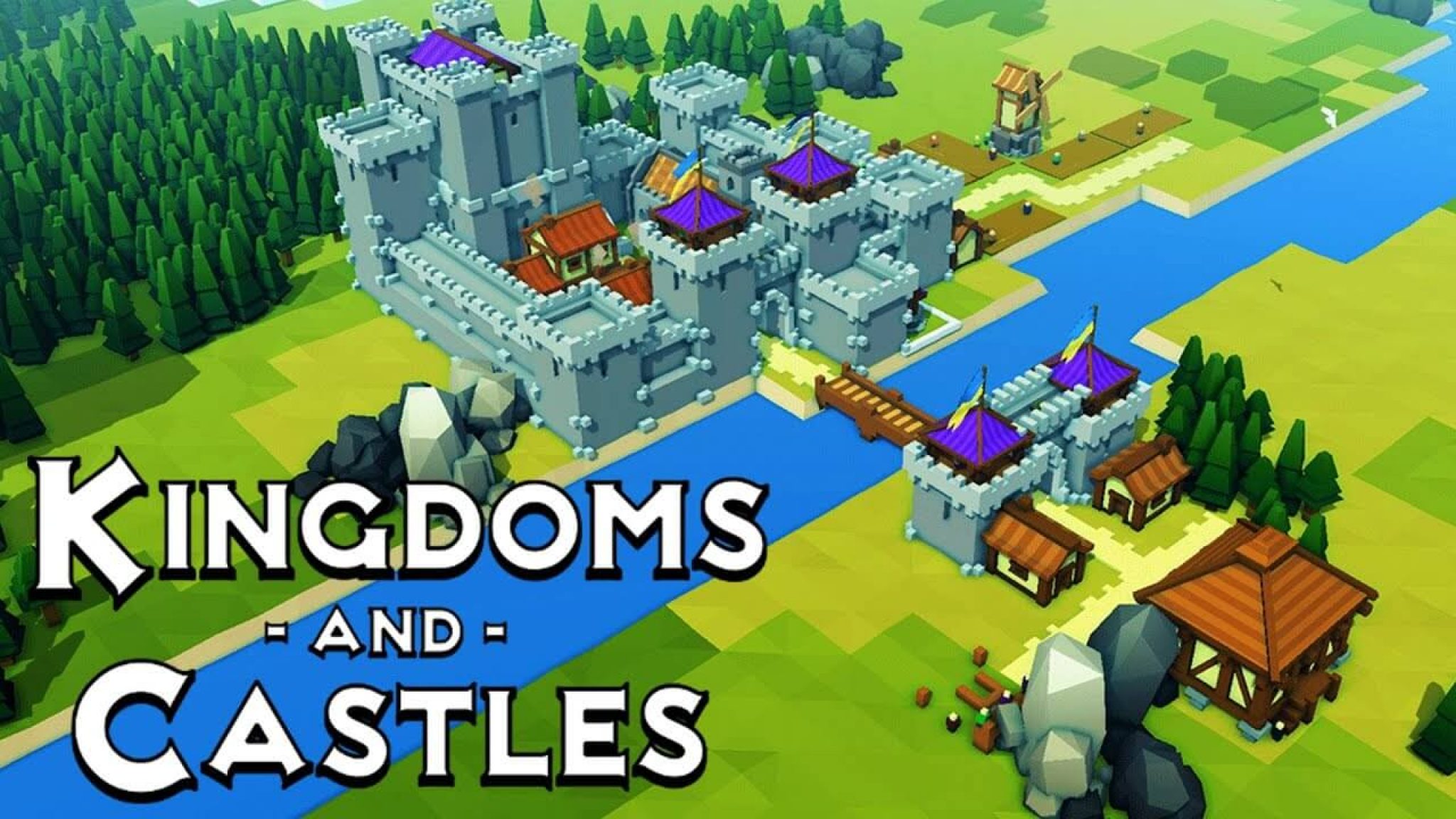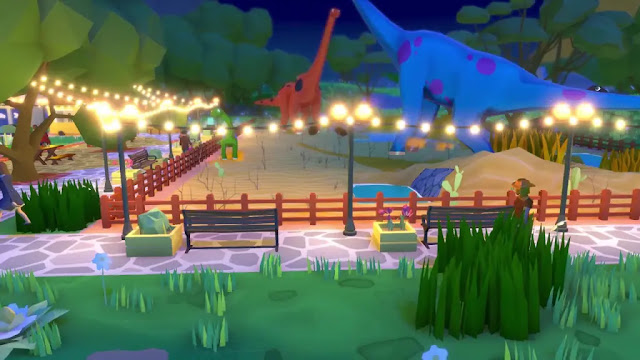Estimated reading time: 7 minutes
I've loved a good simulation game from the first time I played Theme Park back on the Sega Genesis. Back then I had no idea what I was doing but I always had fun building stuff anyways and that hasn't changed now I know what I am doing in these games and enjoying them. Parkasaurus, by Washbear Studio, lets you run a park for dinosaurs like Jurassic Park where there have not been too many games that let you do this. I can only think of three off the top of my head, Jurassic Park III Park Builder for game boy advance, Jurassic Park: Operation Genesis for PC, PS2, and Xbox, and Jurassic World Evolution. So it's always nice to see a new sim that you don't see made as often as say amusement parks.
Where Jurassic World Evolution (Robert's Review) went for a more realistic look and feel, Parkasaurus goes for a more cartoony look with a colorful dinosaurs who don't look at that scary when you can put adorable hats on them. Now don't let the graphics fool you, there is still a really good simulation game under the hood. Taking care of your “dinosaur friends” reminded me a lot of Zoo Tycoon where you have to create biomes that suited different species. Some like rain forest where you have to add grass and water then fill it with plants, bushes, and rocks. Other biomes need hills and mountains.
The game has a simple toolset that lets you add what you need whether it be water or hills and it's as easy as clicking and dragging them into place. Other things you need to keep your Dinosaurs happy of course are feeders, food and a vet to fill the feeders. You can buy food from the store and there are different kinds of foods where some may keep your dinosaurs healthier, but, they'll cost more. You can also easily set things up to have food delivered every morning to make your life easier. Finally, your dinosaur friends can get sick and you will have to figure out what they have and then have your vet give it the right medicine to heal it. You can also breed dinosaurs but you need a certain object in an exhibit and you must have one adult male and one adult female.
On top of your dinosaurs, you will also have to keep your visitors happy too. To do this you need to make sure to have places to rest, eat, and use the restrooms. You will also have to decorate the park to make it look attractive if you want them to come and have a good time. Think of what you would like to see besides dinosaurs if you were really at a park like this, you would want to see cool things around and you can add all kinds of these things to decorate for your visitors.
Playing in the campaign mode not everything is unlocked right away as you will need science to unlock new things for the visitors and hearts for the dinosaurs in which both are easy to get. Science you can get by employing scientists and putting them to work in the right building and they will start generating science. Hearts on the other hand, you get by keeping your dinosaur friends happy and you get extra hearts if you can keep them super happy. You'll keep collecting science for as long as you have scientists working while hearts you gain at the end of every day.
You can also use both hearts gained from your dinosaurs and generated science to unlock new dinosaur species. Once unlocked, you have to have the right gem on hand which you can buy from one of the shops as well as the right bones which you can get by going on expeditions. Sending out expeditions for bones can be free, but if you want to dig deeper, it'll cost money. The deeper you go the longer it takes to get to and the more money it will cost but you can find more rewards like better bones, hats, money, or science.
Since your park is mostly run by donations, any money you make you only receive at the end of each day I wasn't a huge fan of this as it made it hard to get what I needed for my dinosaurs at times and to complete any campaign missions. You do earn money from park admission and your shops, but, you also only earn this at the end of the day. Each level or a different place in the world has missions for you to do like having so many toilet flushes or having so many dinosaurs, or having a dinosaur's happiness over a certain level.
For completing these objectives you'll get ship parts that you can spend to help you out like gaining more money at night. The one mission that is the same in each level is a speed-run: complete everything in so many days to get it. I hated this as it tries to make you rush and in my opinion these kinds of objectives should not be in this type of game. The ship parts play a role in the game's story which I will not spoil as there isn't too much of a story to begin with. Luckily simulation games don't need a story to be good.
Some cool features the game has though is a first-person view that lets you tranquilize dinosaurs. You can also hire guards to do this if you don't want to do it yourself. You can put hats that you find throughout the game on both your dinosaurs and staff. Using them on dinosaurs makes them more appealing for your visitors which also makes them donate more. Putting a hat on staff makes their stats go up so they could work faster or do better at their jobs.
Besides the campaign levels, there is also a customize option that lets you set up your experience kind of like a sandbox mode. My five-year-old nephew saw me play this game and he wanted to try it out so I started a customized level for him where everything was unlocked and you have unlimited money and he loved setting up his own park and he did a good job at it too! It was the first simulation game he has ever played so it was fun to watch as he learned what he had to do.
Finally, while overall the game ran smooth, I did run into a few glitches. The main one that I ran into made it so when I added grass or other things to the exhibit, it would never change the biome. This happened on a few levels and I never was able to figure out why. Other than that the game ran smooth.
Summary
Parkasaurus is a solid simulation that is fun and not too hard to get into. Don't let the looks of this game fool you if you enjoy simulation games like I do as you will most likely enjoy your time with it.
Score: 8 / 10


























































